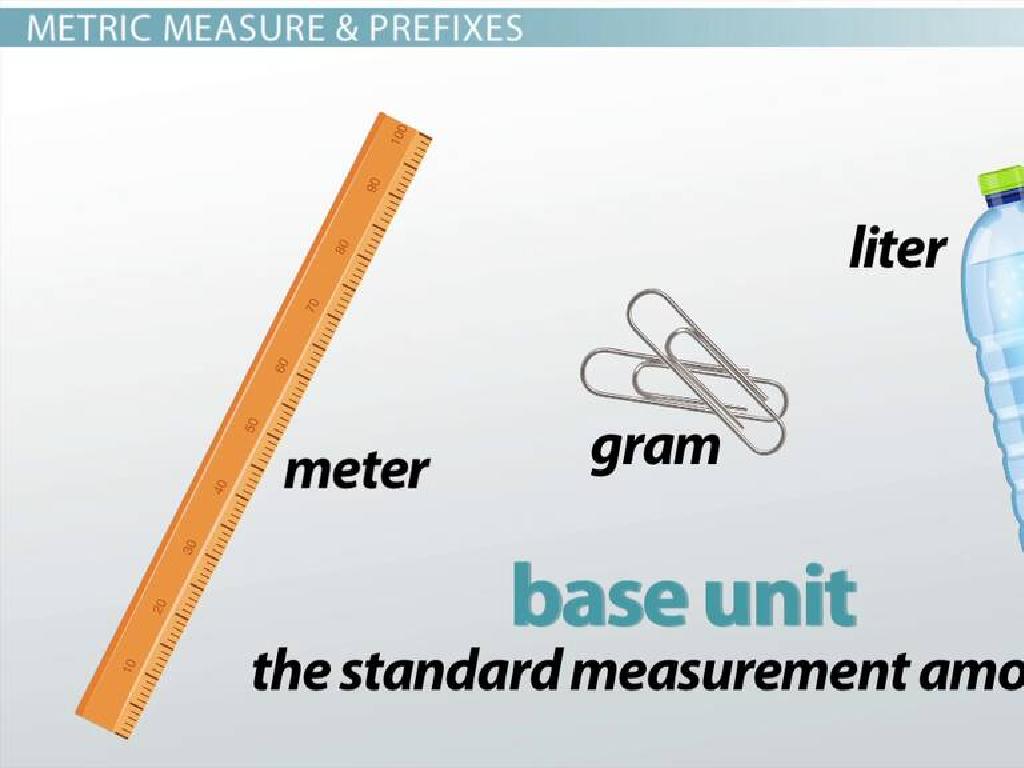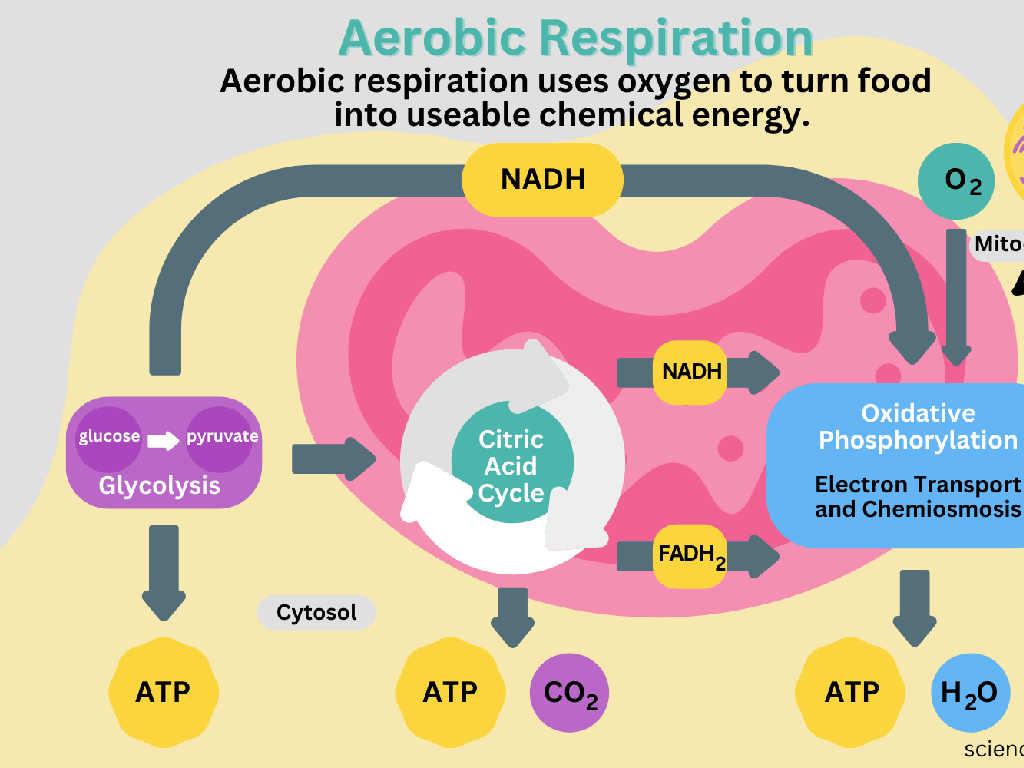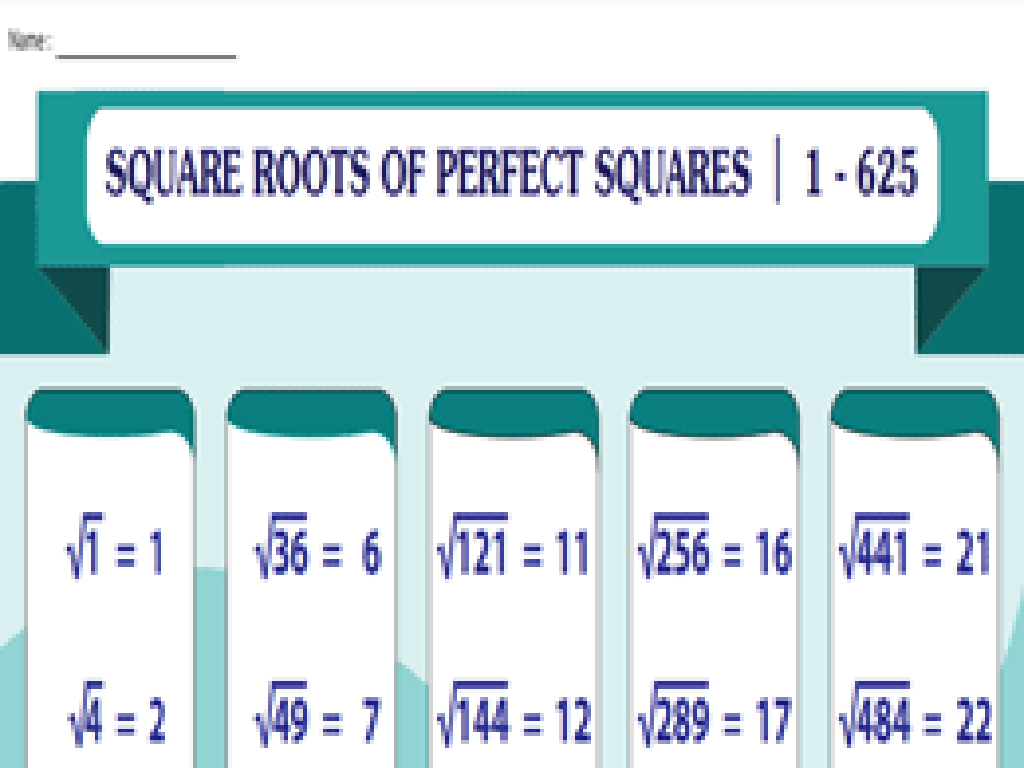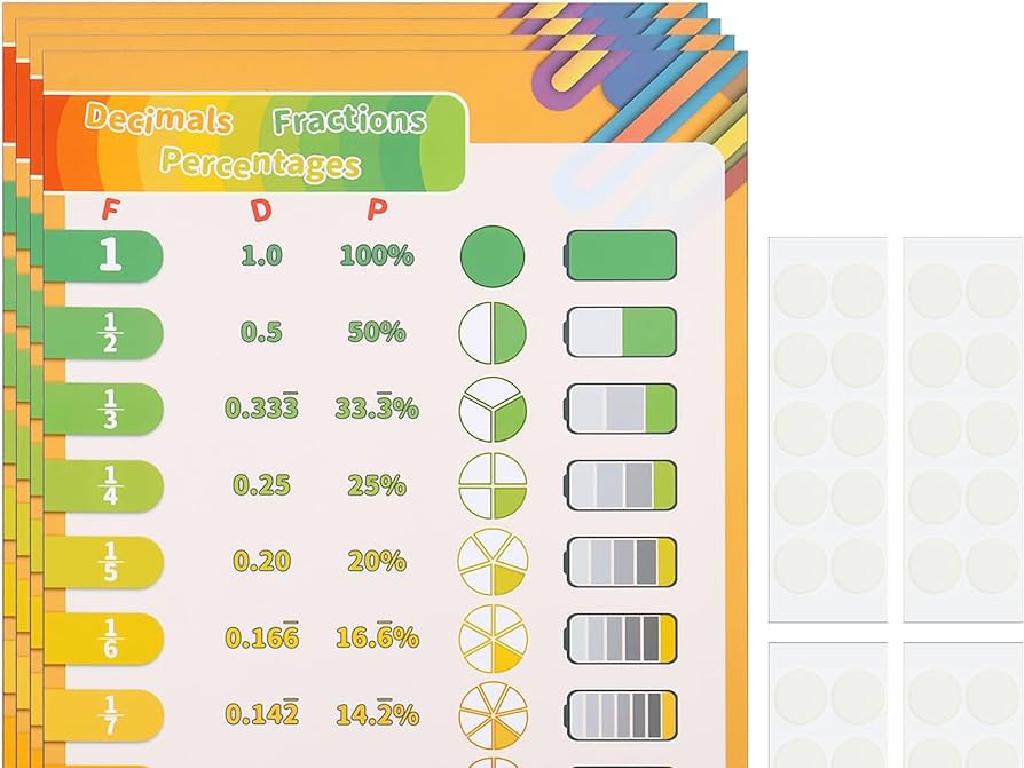Open Economy: International Trade And Finance
Subject: Economics
Grade: High school
Topic: Ap College Macroeconomics
Please LOG IN to download the presentation. Access is available to registered users only.
View More Content
Introduction to Open Economies
– Global context of open economies
– An economy that engages in cross-border trade of goods, services, and capital.
– Open economy defined
– An open economy allows free movement of imports and exports.
– Significance of international trade
– Trade enables countries to specialize and boosts economic growth.
– Role of international finance
– Finance includes foreign investments and loans, crucial for development.
|
This slide introduces the concept of open economies within the global marketplace, highlighting the importance of international trade and finance in modern economics. An open economy is characterized by its participation in international markets, allowing for the import and export of goods and services, as well as the flow of capital across borders. This system is vital for the specialization of nations, economic growth, and the global distribution of resources. International finance, including foreign direct investment and international loans, plays a key role in the development and stability of open economies. Encourage students to think about how open economies impact their daily lives and the broader economic environment.
Benefits of International Trade
– Comparative advantage in trade
– Countries specialize in producing goods at lower opportunity costs
– Expansion of market size
– Access to larger markets beyond domestic borders
– Diverse goods and services
– Variety in consumption choices, enhancing consumer welfare
– Economic growth stimulation
– Trade can lead to increased productivity and innovation
|
This slide highlights the key benefits of international trade within the context of an open economy. By understanding comparative advantage, students can see why countries specialize in producing certain goods and trade for others, optimizing global resource allocation. The expansion of market size allows businesses to scale up and consumers to access a wider range of products. Diversity in goods and services enriches consumer choices and can lead to better prices and quality. Lastly, international trade can stimulate economic growth by fostering competition, productivity, and innovation. Encourage students to think of examples where international trade has impacted their daily lives, such as the variety of fruits available year-round or the technology they use.
Understanding the Balance of Payments
– Components of Balance of Payments
– Comprises the current account, capital account, and financial account.
– Current Account vs. Capital Account
– Current account tracks goods/services. Capital account tracks investments/loans.
– Trade Deficits and Surpluses
– Deficit: imports > exports. Surplus: exports > imports.
– Implications on Economy
– Affects currency value, investment flows, and economic policy.
|
The Balance of Payments is a financial statement summarizing a country’s transactions with the rest of the world. Students should understand its three main components: the current account, capital account, and financial account. The current account includes trade in goods and services, while the capital account reflects cross-border investments. Trade deficits occur when a country imports more than it exports, leading to more money leaving the economy. Conversely, trade surpluses indicate a net inflow of money from exports. These balances can influence a nation’s currency value, dictate investment flows, and shape government economic policies. Discuss real-world examples, such as the U.S. trade deficit with China, to illustrate these concepts.
Understanding Exchange Rates
– Determinants of exchange rates
– Supply and demand, economic performance, interest rates, and inflation influence rates.
– Floating vs. fixed rates
– Floating rates are market-driven, while fixed rates are government-set.
– Exchange rate fluctuations impact
– Fluctuations can affect import/export costs, influencing trade balances.
– Trade effects analysis
|
This slide aims to explain the complex nature of exchange rates and their role in international trade and finance. Begin by discussing the factors that determine exchange rates, such as supply and demand dynamics, a country’s economic performance, interest rates, and inflation levels. Contrast floating exchange rates, which are determined by the open market and can change freely in response to these factors, with fixed exchange rates, which are pegged by governments to another currency or basket of currencies. Highlight how fluctuations in exchange rates can make imports more expensive or cheaper, affecting consumers and businesses, and how they can influence a country’s trade balance by making exports more or less competitive on the global market. Encourage students to think critically about how exchange rate policies might impact their own country’s economy and trade relationships.
Trade Policies: Navigating International Waters
– Protectionism vs. Free Trade
– Protectionism restricts imports to shield domestic industries, while free trade promotes open markets.
– Tariffs, Quotas, and Subsidies
– Tariffs are taxes on imports, quotas limit the quantity, and subsidies support domestic producers.
– Trade Agreements
– Agreements like NAFTA and the EU create trade blocs to foster economic cooperation.
– Impact on Global Economy
– These policies and agreements can affect employment, prices, and economic growth.
|
This slide aims to provide an overview of the different trade policies and their implications on international trade and finance. Protectionism and free trade represent two contrasting approaches to economic policy. While protectionism seeks to protect domestic industries through various barriers to imports, free trade encourages the elimination of such barriers. Tariffs, quotas, and subsidies are tools used by governments to control the flow of goods across borders and support local economies. Trade agreements, on the other hand, are established between countries to promote trade by reducing or eliminating tariffs and quotas, thereby encouraging international cooperation. The impact of these policies and agreements is far-reaching, influencing job creation, consumer prices, and overall economic growth. Students should consider the pros and cons of each policy and how they shape the global economic landscape.
Global Financial Markets
– Role of Int’l Financial Markets
– Facilitate trade, investment, and economic growth globally.
– Foreign Direct vs Portfolio Investment
– FDI: investing directly in foreign assets. Portfolio: holding foreign securities.
– Risks in International Finance
– Currency fluctuations, political instability, economic variability.
– Rewards of Global Finance
– Diversification, higher returns, economic interdependence.
|
This slide aims to introduce students to the complexities and dynamics of global financial markets within the context of an open economy. The role of international financial markets is crucial as they enable the flow of capital, trade, and investment across borders, contributing to global economic growth. Students should understand the difference between Foreign Direct Investment, where a company invests in physical assets abroad, and Portfolio Investment, which involves buying foreign financial assets. Discuss the inherent risks such as currency exchange rate volatility, political risks, and economic uncertainties. Contrast these with the potential rewards including portfolio diversification, access to emerging markets, and the potential for higher returns. Encourage students to consider how international finance affects their daily lives and the broader economy.
Case Study: Global Trade and Finance
– Examine a country’s economic health
– GDP, inflation rate, employment data
– Impact of trade and finance policies
– Tariffs, exchange rates, and trade agreements
– Discuss the country’s global market role
– Export/import balance, foreign investments
– Analyze real-world economic indicators
– Case study: How these indicators reflect the economy’s performance
|
This slide aims to delve into a practical case study of a specific country to understand the intricate relationship between its economic indicators and international trade and finance policies. Students will look at GDP, inflation, and employment to gauge economic health. They will explore how tariffs, exchange rates, and trade agreements can impact the economy. The discussion will also cover the country’s role in the global market, considering its balance of exports and imports, as well as foreign investments. This analysis will help students grasp how theoretical concepts apply in real-world scenarios and the importance of a country’s economic decisions on its position in the global economy. Encourage students to think critically about how these indicators can be used to predict future economic trends.
Class Activity: Simulating Trade Negotiations
– Divide into groups as countries
– Negotiate trade based on economy
– Consider GDP, resources, and trade barriers
– Present negotiation outcomes
– Discuss the impact of trade terms
– Reflect on how trade agreements affect national economies
|
This activity is designed to give students a practical understanding of how international trade negotiations are conducted. By dividing the class into groups, each representing a different country with a unique economic profile, students will engage in simulated trade negotiations. They should consider their country’s GDP, available resources, and existing trade barriers when negotiating. After the negotiations, each group will present the outcomes and discuss the potential impact of the trade terms on their country’s economy. This will help students grasp the complexities of international trade and the importance of strategic negotiations. Possible activities could include negotiating a free trade agreement, responding to tariffs, or forming a trade bloc.






